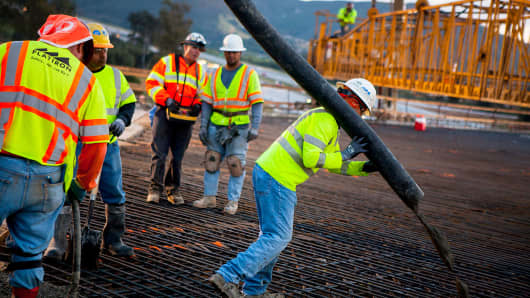Negative interest rates and quantitative easing (QE) have been part of unconventional monetary policies introduced by central banks in their efforts to kick-start their economies. These measures, however, are wearing off. Plus their impact has been mixed and the negative effects – such as hitting savings - are being felt by more and more people.
A new solution is needed and it could be one tied to infrastructure.
Unconventional policies , effective in liquidity emergencies such as the financial crisis in 2008, are less effective in correcting structurally led demand insufficiencies. On the other hand there is old-fashioned Keynesian fiscal policy, which, while more direct and effective in stimulating demand, has already been exhausted in many countries, leaving governments wallowing in debt.
One answer could be a combination of quantitative easing with fiscal expansion. And it is already gaining traction and popularity.
In particular, we see a growing trend towards combining monetary policy with fiscal expansion and private sector incentives to boost infrastructure investments. This option would stimulate growth, create jobs and raise productivity.


